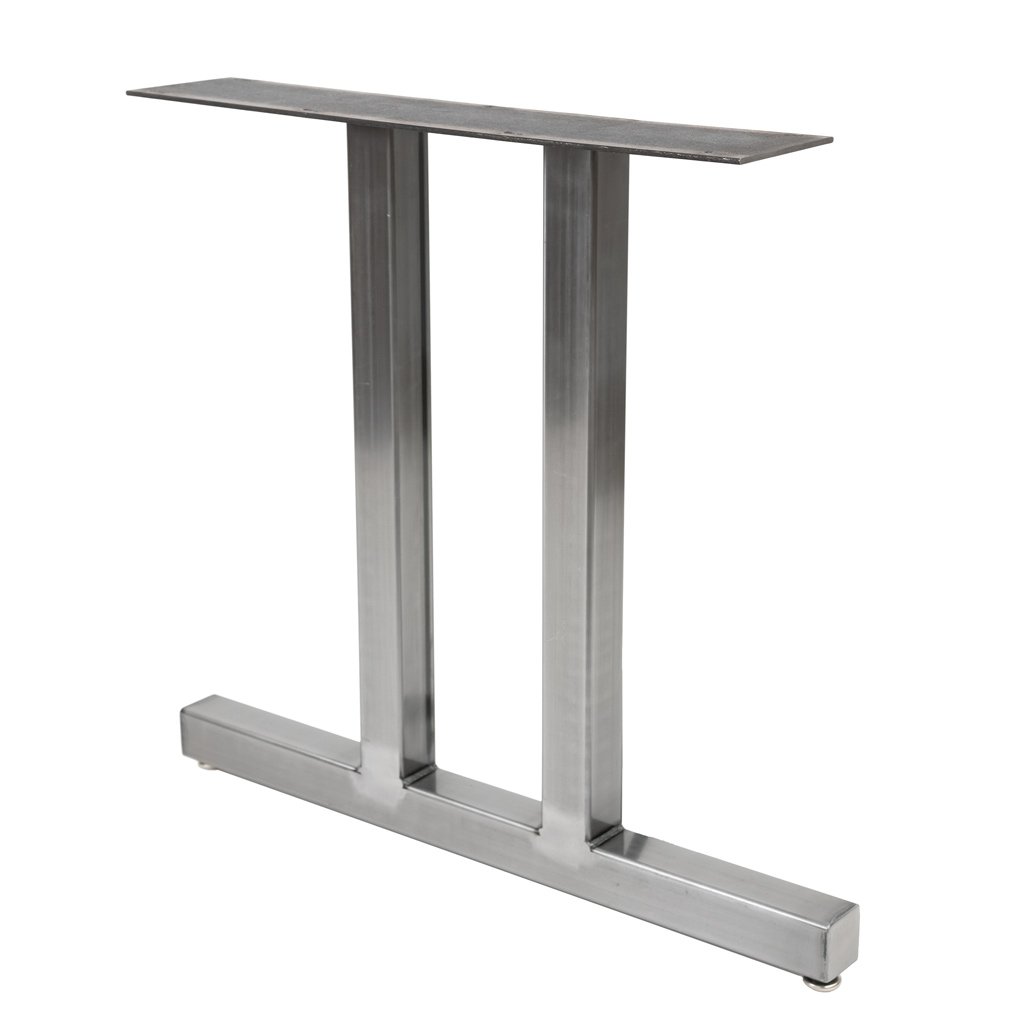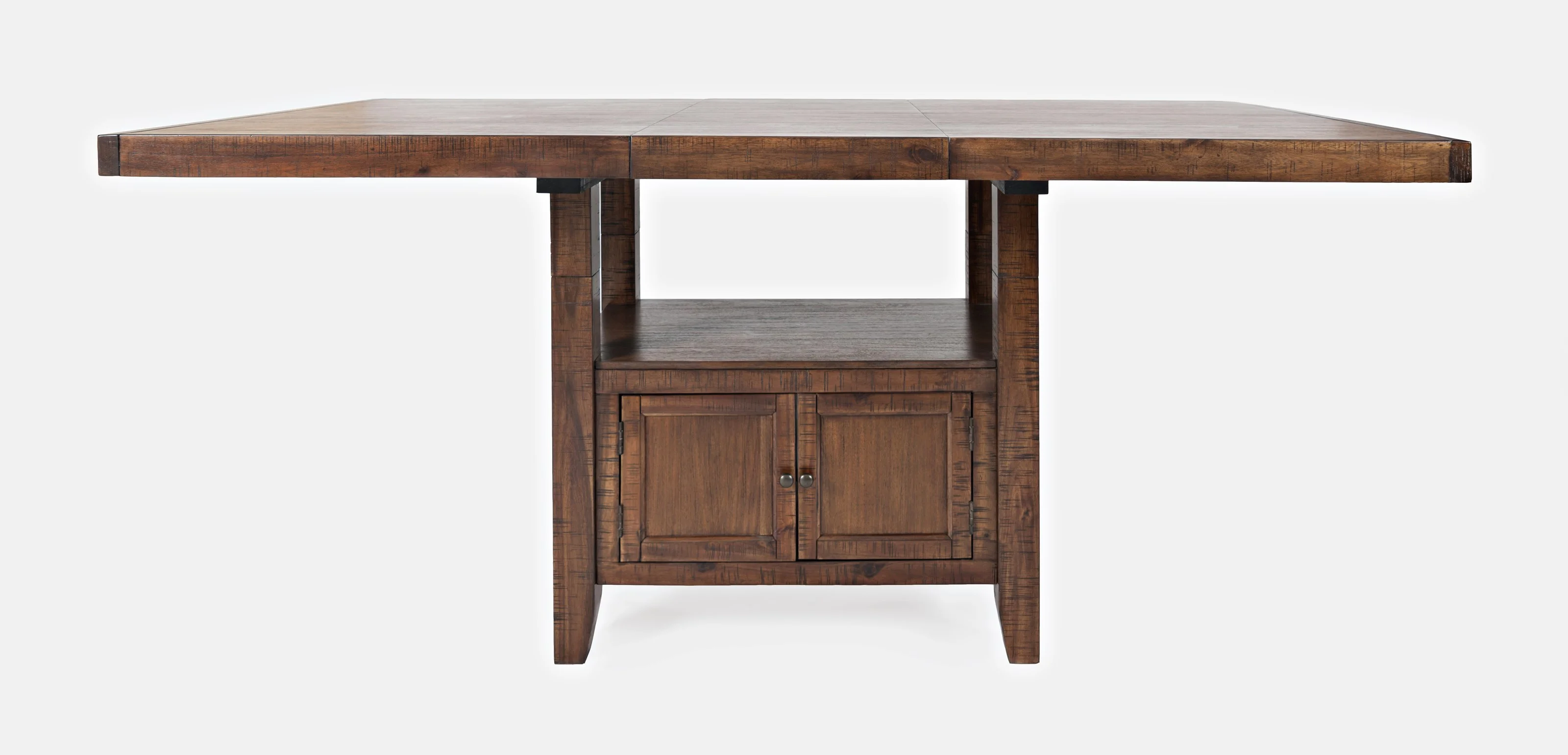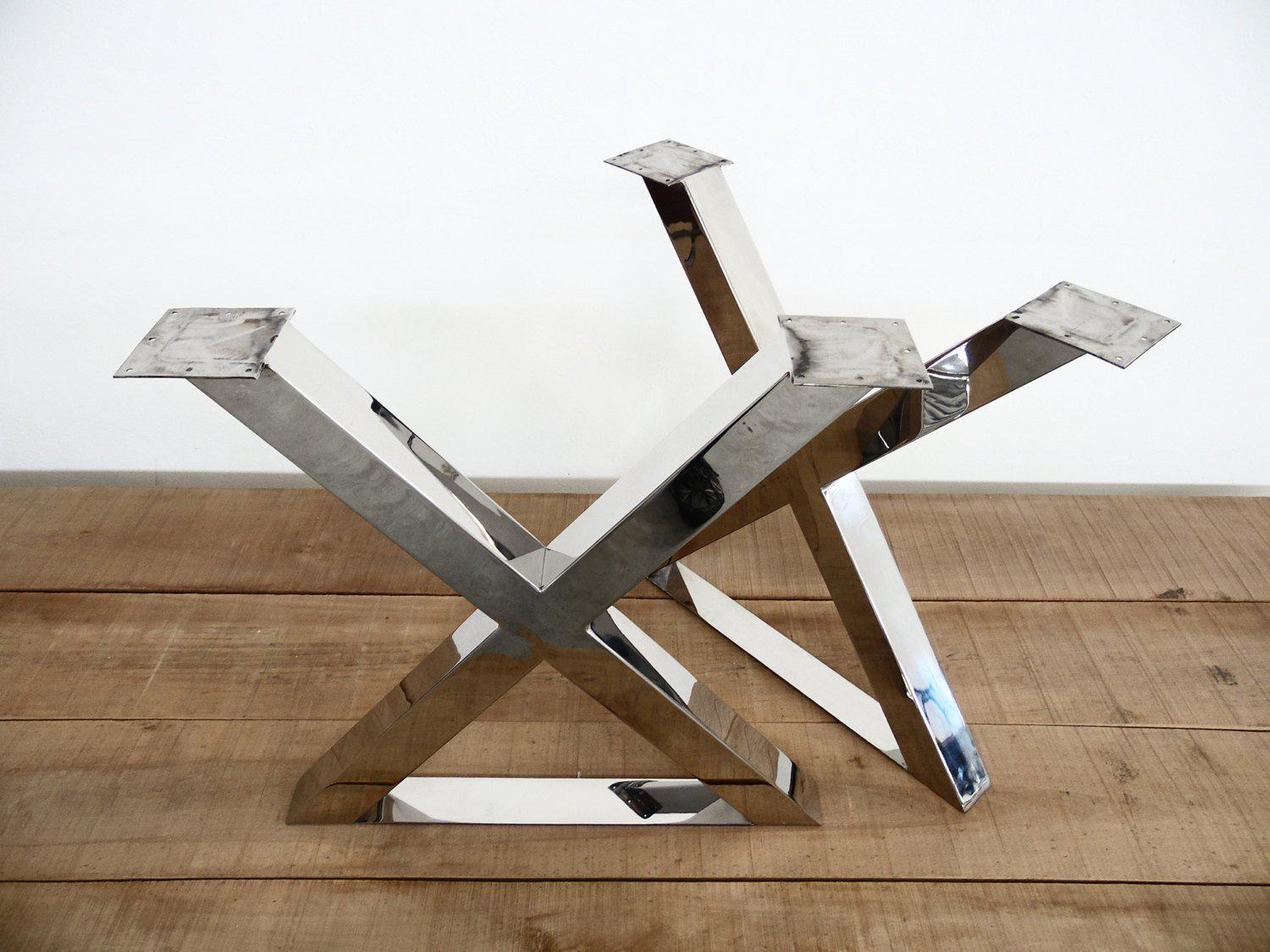Creative Ideas for Replacing or Refurbishing Your Dining Room Table Legs
Creative Ideas for Replacing or Refurbishing Your Dining Room Table Legs
Blog Article
How to Choose the Perfect Eating Area Table Legs for Your Home Décor
Choosing the suitable dining room table legs is a nuanced procedure that requires cautious consideration of different elements, including your room restraints, visual preferences, and useful requirements. The interaction in between materials, styles, and dimensions can considerably influence the ambiance of your dining location, making it essential to approach this decision carefully.
Assess Your Dining Space
Assessing your eating room is essential for choosing the right table legs that complement both appearances and performance. Begin by determining the measurements of your dining area, including ceiling height, flooring area, and proximity to other furniture. This details will certainly assist figure out the appropriate dimension and height of your table, which straight affects the choice of table legs.
Following, take into consideration the style and design of your dining area. An open-concept design may benefit from table legs that offer aesthetic lightness, such as slender steel or acrylic alternatives. Conversely, an extra typical setting may require durable wooden legs that offer a feeling of durability.
Review the existing shade scheme and materials in your eating location. Balancing the table legs with these aspects produces a cohesive look that boosts the total style.
Inevitably, an extensive evaluation of your dining space will guide you in making an informed choice, making certain that your table legs not just improve the visual allure however likewise serve practical objectives.
Consider Your Design Preferences
When choosing dining space table legs, it is important to reflect on your individual style preferences, as they dramatically influence the general aesthetic of your eating area. Your choice of table legs can either enhance or contrast with existing decor, making it vital to align them with your recommended interior decoration motif.
If your home leans in the direction of a contemporary aesthetic, take into consideration smooth metal or minimal wooden legs that offer a tidy, clean look. For a much more conventional technique, elaborate wood legs with detailed carvings can include a touch of beauty and refinement. Industrial styles benefit from robust, raw products such as reclaimed wood and metal combinations, showing a sturdy appeal.
In addition, farmhouse and rustic styles often prefer tough, chunky legs that stimulate a feeling of warmth and convenience. Conversely, if your design is diverse, you could choose unique forms or a mix of materials to produce aesthetic passion.

Evaluate Product Options
The selection of material for dining space table legs plays a crucial role in both toughness and visual allure. Common products consist of timber, metal, and composite options, each offering distinct qualities that can affect the general appearance and long life of your table.
Timber is a timeless selection, recognized for its heat and flexibility. Woods like oak and walnut supply exceptional strength and can be finished in various stains to match any kind of style. However, softwoods like ache are more vulnerable to scrapes and dents, making them less optimal for high-traffic areas.
Steel legs, typically crafted from steel or aluminum, exhibit modernity and commercial beauty. They are extremely long lasting and immune to put on, making them ideal for households with children or constant events (dining room table legs). In addition, steel can be completed in various colors, improving the customization opportunities
Composite materials, such as MDF or laminate, deal cost and diverse layouts. While normally less sturdy than strong timber or metal, they can still give an elegant look and are typically easy to keep.
Eventually, the product you choose ought to straighten with your lifestyle, visual choices, and the level of usage your dining table will certainly experience.
Determine Elevation and Dimension
Selecting the appropriate elevation and size for your dining-room table is essential for both performance and comfort. The common height for eating tables usually varies from 28 to 30 inches, enabling enough legroom for many individuals when seated. Nonetheless, it is vital to take into consideration the dimensions of your eating area visit their website and the kinds of chairs you plan to use.

Furthermore, consider the proportions of your dining-room. A larger table in a large area can produce a grand ambiance, while a smaller sized table functions well in more intimate settings. Ultimately, the appropriate elevation and dimension will certainly balance with your general design and enhance the dining experience for you and your guests.
Explore Modification Opportunities

In addition, the style of the legs can be customized to fit numerous designs, such as rustic, contemporary, or industrial. Tapered legs can stimulate a mid-century modern feeling, while beefy, block-style legs may resonate with traditional or farmhouse design.
House owners can likewise explore color finishes, from all-natural wood discolorations to paint, allowing them to match or comparison with the tabletop and bordering decor.
In addition, leg height can be adapted to fit details seating plans or individual preferences, improving both comfort and functionality.
Finally, distinct embellishments, such as carvings or attractive braces, can further customize the table legs, making the eating experience not just a statement however a dish item in the home. By considering these modification options, house owners can produce an eating space table that truly mirrors their individuality.
Final Thought
Choosing the suitable eating room table legs calls for cautious factor to consider of numerous factors, consisting of the measurements of the dining area, design preferences, product toughness, and wanted height. Personalization alternatives further improve the capacity to attain a cohesive visual that enhances the total decor. By systematically examining these components, homeowners can ensure that the chosen table legs not only fulfill useful demands yet likewise contribute positively to the dining experience and ambiance of the home.
Selecting the suitable eating space table legs is a nuanced procedure that needs cautious consideration of various elements, including your room anonymous restraints, visual choices, see this page and functional requirements.Evaluating your eating area is vital for selecting the right table legs that complement both appearances and performance.When identifying dimension, gauge the area where the table will be placed to guarantee it fits easily, enabling for at the very least 36 inches of clearance around the table for very easy motion. A larger table in a spacious location can produce a grand ambiance, while a smaller table functions well in more intimate settings.Picking the excellent eating room table legs calls for cautious factor to consider of different factors, consisting of the measurements of the eating area, style choices, material longevity, and desired elevation.
Report this page